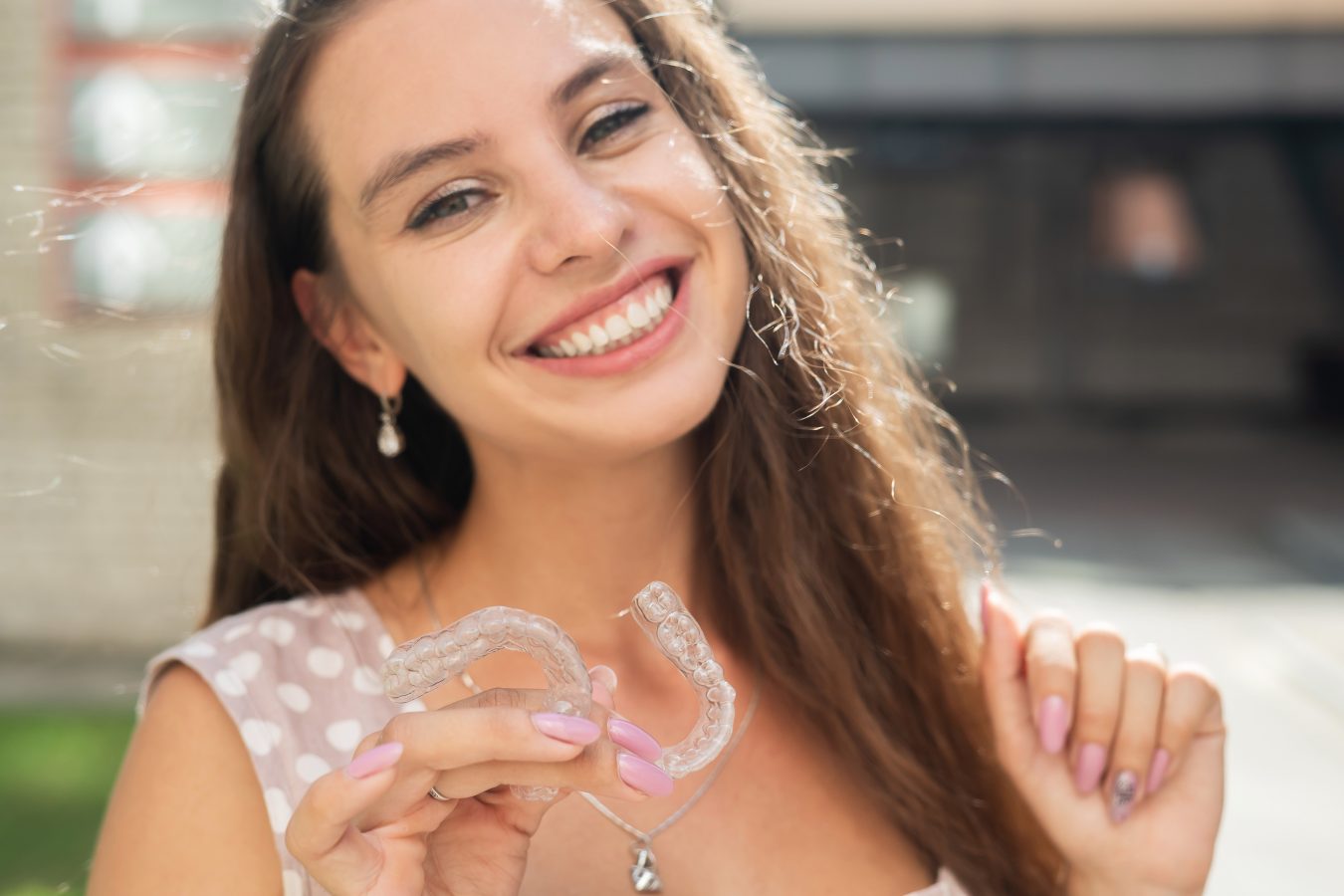Orthodontic treatment is a significant step toward achieving a more aligned and functional smile. While braces and aligners focus on moving teeth into their desired positions, the treatment process does not stop once they are removed. A key component of post-orthodontic care is the use of retainers. They play an ongoing role in maintaining teeth alignment and supporting oral health in the long term.
The Role of Retainers in Maintaining Alignment
Once orthodontic treatment is complete, teeth naturally tend to shift back to their original positions. This phenomenon, known as relapse, commonly occurs because the gums, bones, and ligaments surrounding teeth need time to stabilize. Retainers help keep teeth in place during this phase, offering support until they settle into their new alignment.
Retainers are shaped to match your updated dental structure. By consistently wearing them as instructed by your orthodontist, you are providing the stability your teeth need. Whether your retainer is fixed or removable, it is part of a long-term strategy in orthodontics that keeps your hard-earned results intact.
Types of Retainers to Suit Your Needs
There are two main types of retainers commonly recommended by orthodontists. Each type serves the same purpose but offers unique benefits tailored to a person’s lifestyle and individual dental needs.
- Removable Retainers: Removable options, including Hawley and clear plastic retainers, are designed to be taken out when you eat or clean your teeth. Regular cleaning and proper storage are necessary to maintain the effectiveness of removable retainers.
- Fixed Retainers: Fixed retainers consist of a wire bonded to the back of your teeth, typically on the lower front teeth. These retainers stay in place day and night, offering continuous support without requiring daily handling.
Both removable and fixed options play a valuable role in preserving the results of orthodontic treatment. The best choice depends on your individual needs, habits, and preferences, which your orthodontist can help you determine. Regardless of the type, consistent use and proper care of your retainer are key to maintaining your smile long-term.
Tips for Proper Retainer Care
Using your retainer is only part of the equation. Keeping it in good condition is also key. Developing effective cleaning habits helps preserve the retainer’s quality and keeps it free of plaque buildup and bacteria.
- Regular Cleaning: For removable retainers, rinse them with lukewarm water after removal. Deep clean them weekly using a soft toothbrush or cleaning solution. Permanent options may require additional flossing tools, such as threaders or water flossers, to clean around the wire.
- Storage and Protection: Always store removable retainers in their protective case when not in use. This minimizes the risk of damage or loss.
- Avoid Heat and Damage: Exposure to heat can warp plastic retainers. Keep them away from direct sunlight, dishwashers, or hot beverages.
- Professional Checkups: During orthodontic checkups, your provider can assess the condition of the retainer and address any wear or fit issues you might experience.
By implementing a strong maintenance routine, your retainer can remain effective for years to come.
Start Protecting Your Smile
Orthodontic treatment is a significant commitment to your dental health. Retainers complement this commitment by supporting your newly aligned smile as you move forward. If you are currently transitioning out of orthodontic treatment or need advice on dental care, reach out to your orthodontist. Personalized guidance and support are available to help you stay aligned on your path to long-term oral health.

